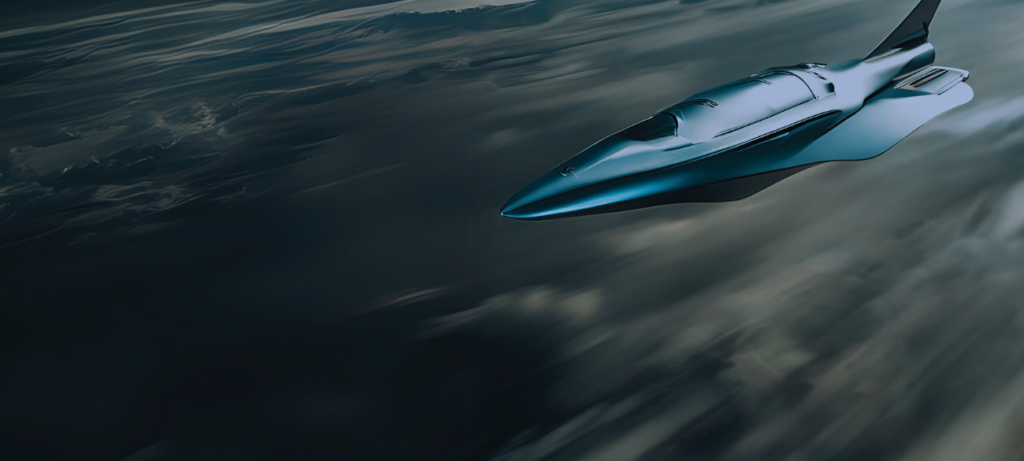The metaverse, though loosely defined, holds significant potential to enhance Joint All-Domain Operations (JADO) and may evolve into a new warfare domain itself. Metaverse characteristics bring alignment with JADO objectives and highlight new opportunities to leverage emerging technology for strategic advantage. However, risks accompany this potential, as virtual warfare can yield real-world consequences, and bring an impact greater than anticipated.



















